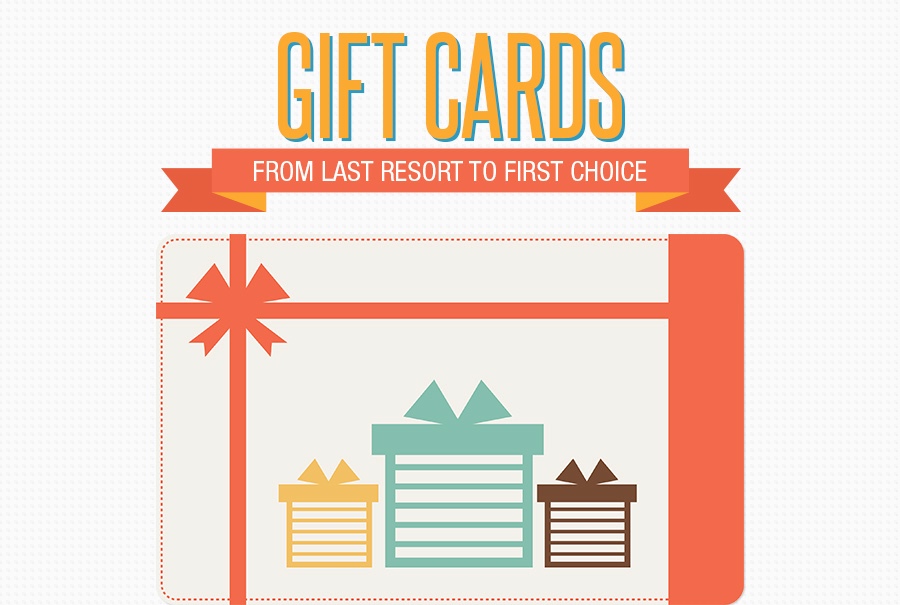A laser is an effective device for noting and etching on materials like metals, wood, and glass. Yet when working with a brittle product like glass, specific positioning of your style is vital.
Unlike other laser-marked products, glass does not evaporate yet cracks when revealed to laser heat. This gives the engraved surface its characteristic look.
Local Home heating
The laser light engages with the glass surface area, creating local home heating and possibly vaporization or ablation. This creates an etched, frosted, or engraved appearance. Unlike inks and paint, laser marking marks are long-term and do not fade gradually.
Laser etching on glass is testing as a result of the product's brittleness and sensitivity to thermal shock. The abrupt, quick temperature level changes created by high laser power can cause cracking and breakage of the surface.
To reduce this risk, laser engravers use water chillers to help manage the heat and spread it evenly over the surface. Applying a dampening substance or masking the surface area additionally aids to lower fracturing and boost laser efficiency. On top of that, decreasing the laser power setup and raising the inscribing rate assistance to preserve a constant temperature. Likewise, avoiding exposing the glass to hot air or water instantly after engraving will additionally decrease the threat of thermal shock and splitting.
Transparent Products
Various laser device types are available, with each having distinct wavelengths and power arrays. Some have the ability to create high-contrast engravings on glass while others may require additional actions to make certain optimum outcomes.
For instance, using a paper mask to protect the surface area of your work surface from warm can help reduce chipping by dissipating the laser beam's warmth prior to it has a possibility to impact the glass. Similarly, using a slim coat of dish soap can also decrease the quantity of glass shards that are given off after the laser process is full.
Last but not least, it decorative glass for homes is very important to keep the laser head at a consistent rate throughout the whole process to prevent sudden changes in temperature level that can cause splitting. Additionally, a water-cooled laser system can also aid handle the effect of laser heat on fragile materials such as glass. Additionally, deciding to utilize a Jarvis dither pattern on your laser chauffeur settings will certainly separate the dots of your graphic, lowering their general heat intake and effect on the material.
Accuracy
Laser inscription is one of one of the most exact methods for glass noting. It enables top quality, personalized presents or company applications such as personalized glasses for restaurants that advertises brand identification and high quality.
Engraved glass is durable and able to hold up against daily use and cleansing, making it suitable for a selection of applications. It likewise offers wonderful adaptability when it comes to the layout of patterns, images, and message.
Ensure you make use of the ideal type of glass for your task and fine-tune your laser setups before beginning. Different types of glass respond differently to warmth, and changing the laser power based on density assists stay clear of splitting. Also, a water-chiller minimizes temperature variations that lead to fracturing. Finally, covering up the surface of your glass work surface with a paper towel or a layer of dish soap can aid dissipate the laser heat and stop chipping. It is additionally important to safeguard your glass workpiece with a jig to lessen movement that causes misalignment.
Sustainability
Laser marking on glass is an eco-friendly process that lowers the use of unsafe chemicals and offers clear, irreversible high-resolution codes. This helps secure products against meddling and counterfeiting while instilling confidence in clients.
With a little prep work, laser engraving on glass opens a world of opportunities for musicians and producers alike. It is a cost-efficient and sustainable option to typical engraving strategies such as sandblasting or etching creams.
Prior to engraving, it is very important to pre-heat the glass. This helps restrict thermal shock and stay clear of breaking of the breakable product. Keeping the power setups reduced and using a slower cool off can additionally help to avoid glass fracturing. Additionally, a fume extraction system can aid get rid of smoke, dust, and particle particles from the workspace to keep the workplace secure and clean. When your system is effectively set up, it's a great concept to trying out a few samples to locate the most effective setting for your certain sort of glass.
